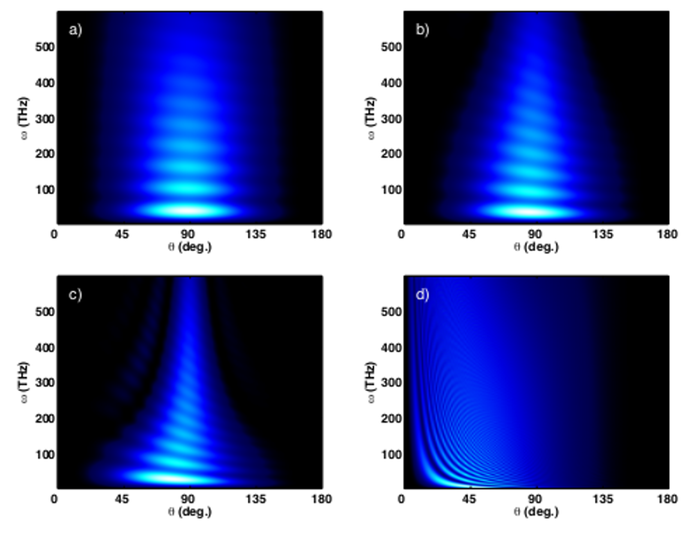The gravitational wave generation is investigated in the laboratory conditions in various models and the properties of radiation such as metric perturbations and luminosity, spectrum, polarization and the behaviour of test particles are analyzed. The models are based on acceleration of matter to very high velocity by an intense laser pulse. The resulting gravitational waves are in frequency range of GHz to THz. Therefore the currently available detectors, such as resonant detectors and interferometers LIGO or Virgo , are not usefull for their detection and a new technology should be developed to enable experimental research in this area. In the future, such experiments could be possibly performed at our facility ELI Beamlines or other research facilities like PETAL , NIF-ARC or APOLLON.
Current research is even more relevant after the recent detection of gravitational waves in 2016 by LIGO. The detection will definitely open a new era of research in many fields especially in astrophysics.

The angular distribution of gravitational radiation in the piston model for different intensities (a) non-relativistic I=1020 W/cm2, (b) weakly relativistic I=1022 W/cm2 and (c) relativistic I=1024 W/cm2 , the distribution for the light sail model is in image (d) I=1024 W/cm2. The angle θ is measured with respect to the direction of laser propagation where θ =0 is on x axes.
References:
M. Maggiore, „Gravitational waves: Volume 1: Theory and experiments“, Oxford University Press, New York, 2008.
E. Gelfer, H. Kadlecová, O. Klimo, S. Weber and G. Korn, Gravitational waves generated by laser accelerated relativistic ions, Phys. Plasmas 23, 093107
Stefan Weber, stefan.weber@eli-beams.eu







